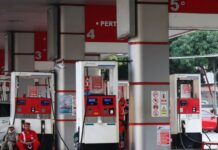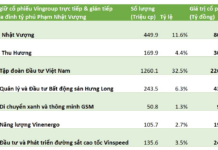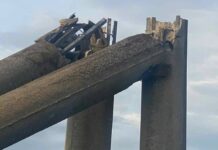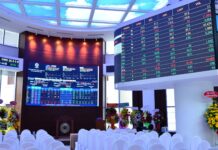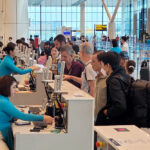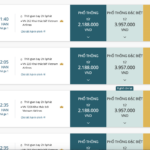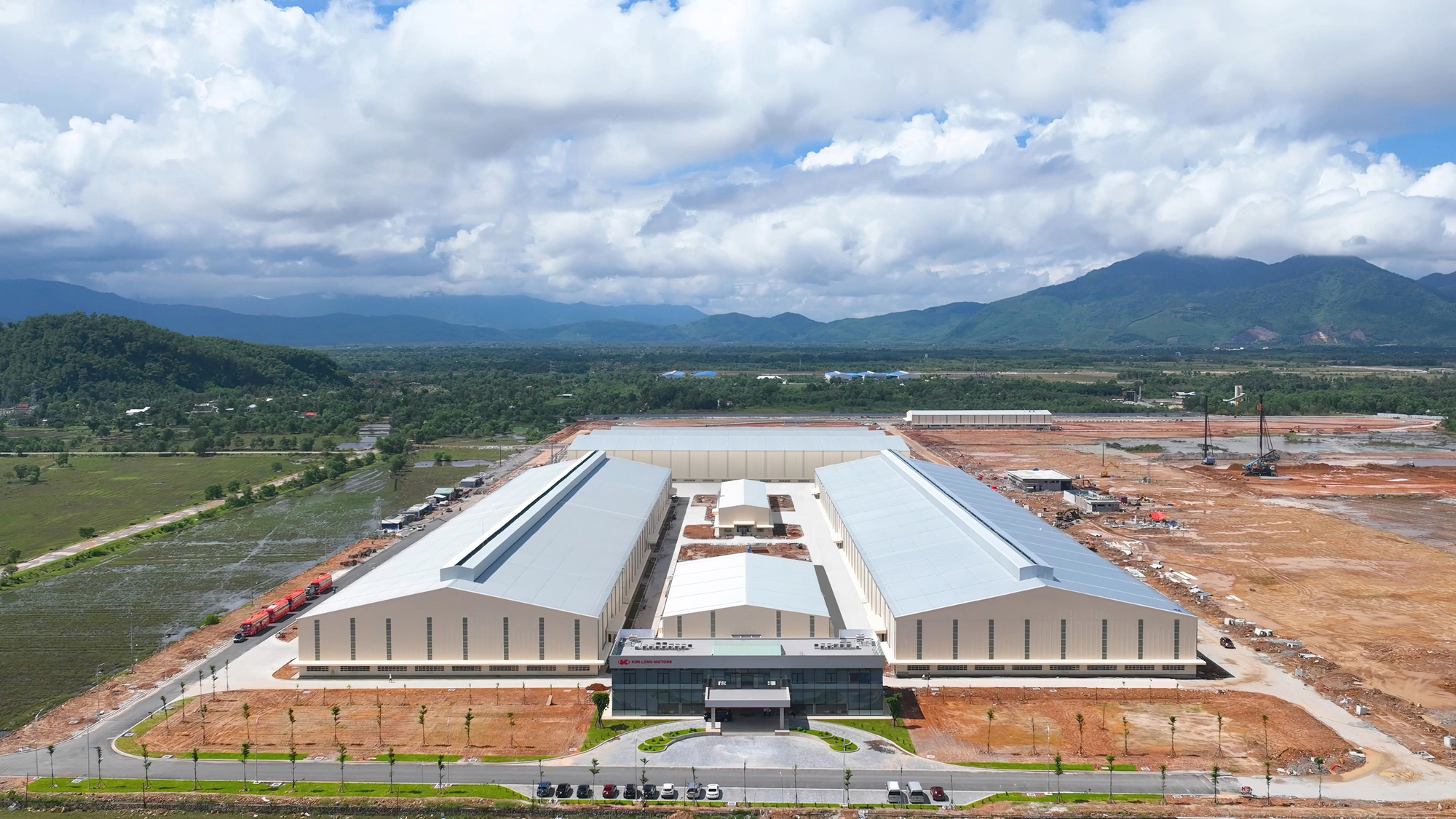On the morning of August 22, ticket prices for the Ho Chi Minh City-Hanoi route during the September 2 holiday showed a significant drop across various airline booking systems, including Vietnam Airlines, Vietjet, Bamboo Airways, and Vietravel Airlines. Tickets for flights departing on August 30-31 are currently priced between VND 1.7 and 2.5 million for economy class.
Specifically, one-way ticket prices for Vietnam Airlines or Pacific Airlines start at VND 1,782,000, Bambo Airway at VND 1,972,000, and Vietjet Air at VND 1,714,000.
As a result, the average one-way fare ranges from VND 1.7 to 2.2 million, a decrease of VND 1 to 1.7 million compared to early August.
Mr. Pham Ngoc Tung, a passenger in Ho Chi Chi Minh City, shared that he had just booked six flight tickets for his family to travel to Hanoi for tourism and to attend the parade and procession in celebration of the 80th National Day. He was quoted as saying, “I saved over VND 8 million by booking these six tickets this morning. Last week, I considered taking a bus due to the high airfare. With the current decrease in airfare, many people will undoubtedly opt for air travel. This is also a great opportunity for airlines to boost demand.”
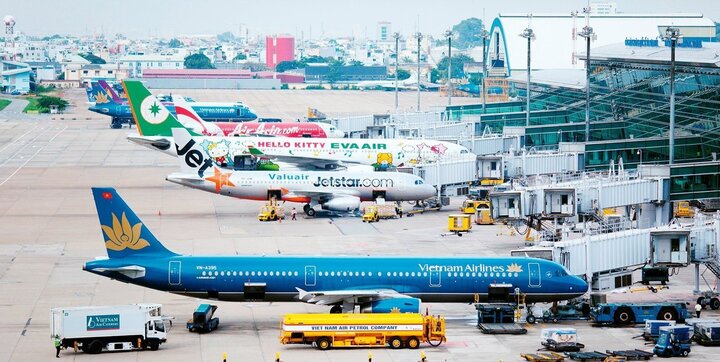
Airlines have proactively added millions of seats for the National Day holiday this year. (Illustrative image: Civil Aviation Authority)
Explaining the sudden drop in airfare for the September 2 holiday, despite the approaching date, several opinions attributed it to the recent increase in flight frequencies by airlines to meet the rising demand.
Vietnam Airlines, for example, will offer nearly 600,000 seats across its network during the peak period from August 29 to September 3, equivalent to nearly 2,900 flights, an increase of over 100,000 seats compared to the same period last year.
For the domestic market, the carrier has allocated approximately 418,000 seats, a 30% increase from last year’s holiday, focusing on key routes such as Hanoi – Ho Chi Minh City, Hanoi – Danang, and connections to Cam Ranh, Dalat, and Hue…
“The increase in seat supply during the National Day peak period reflects the tremendous effort of the national carrier in the context of the aviation industry facing a shortage of aircraft due to the global recall of engines by the manufacturer. Vietnam Airlines has proactively leased additional aircraft to enhance its transport capacity and meet the travel demands of passengers,” the airline stated.
Vietjet has also added nearly 10,000 seats, equivalent to 50 flights, during the four-day holiday period. These extra flights are evenly distributed across popular domestic tourist routes such as Ho Chi Minh City – Hanoi, Danang, Nha Trang, Phu Quoc, and Hue…, catering to both travel and recreational needs.
According to a Vietjet representative, “The additional flights aim to meet the significant demand for travel to Hanoi for the grand celebration, as well as the recreational and leisure needs of passengers during the holiday season.”
This development follows a “hot” directive from the Civil Aviation Authority of Vietnam to all units in the civil aviation industry ahead of the September 1 peak. Specifically:
Airlines must strictly adhere to regulations on domestic air transport fares, selling tickets within the price frame and the company’s pricing policy, and closely monitor the activities of their agents.
They should closely monitor booking trends to promptly adjust their operational plans, adding or increasing flights on routes with high demand, especially to/from Hanoi during the days before and after the holiday.
Airlines are advised to minimize flight cancellations due to technical reasons and reduce delays and cancellations.
Previously, round-trip airfares for the Ho Chi Minh City-Hanoi route during the September 2 holiday had surged significantly due to high demand, with many people wishing to attend the parade and procession in Hanoi to commemorate the 80th National Day. The highest price for this route reached over VND 7 million, equivalent to the fare during the Lunar New Year 2025, and an increase of VND 1.7 to nearly VND 3 million compared to regular days.
Cheap Flights for 2-9 Holiday: Ho Chi Minh City to Hanoi for Only VND 2.2 Million!
Airfares from Ho Chi Minh City to Hanoi for the upcoming 2-9 holiday are now on sale at significantly lower prices compared to just a few weeks ago.
The Capital Draws Crowds for A80 Showcase, Airfares for National Day Skyrocket to Lunar New Year Levels
Airfares for the Ho Chi Minh City – Hanoi route during the National Day holiday on September 2nd can reach up to 7 million VND for a return ticket, a price surge comparable to the Lunar New Year festivities and almost double the regular rates.

